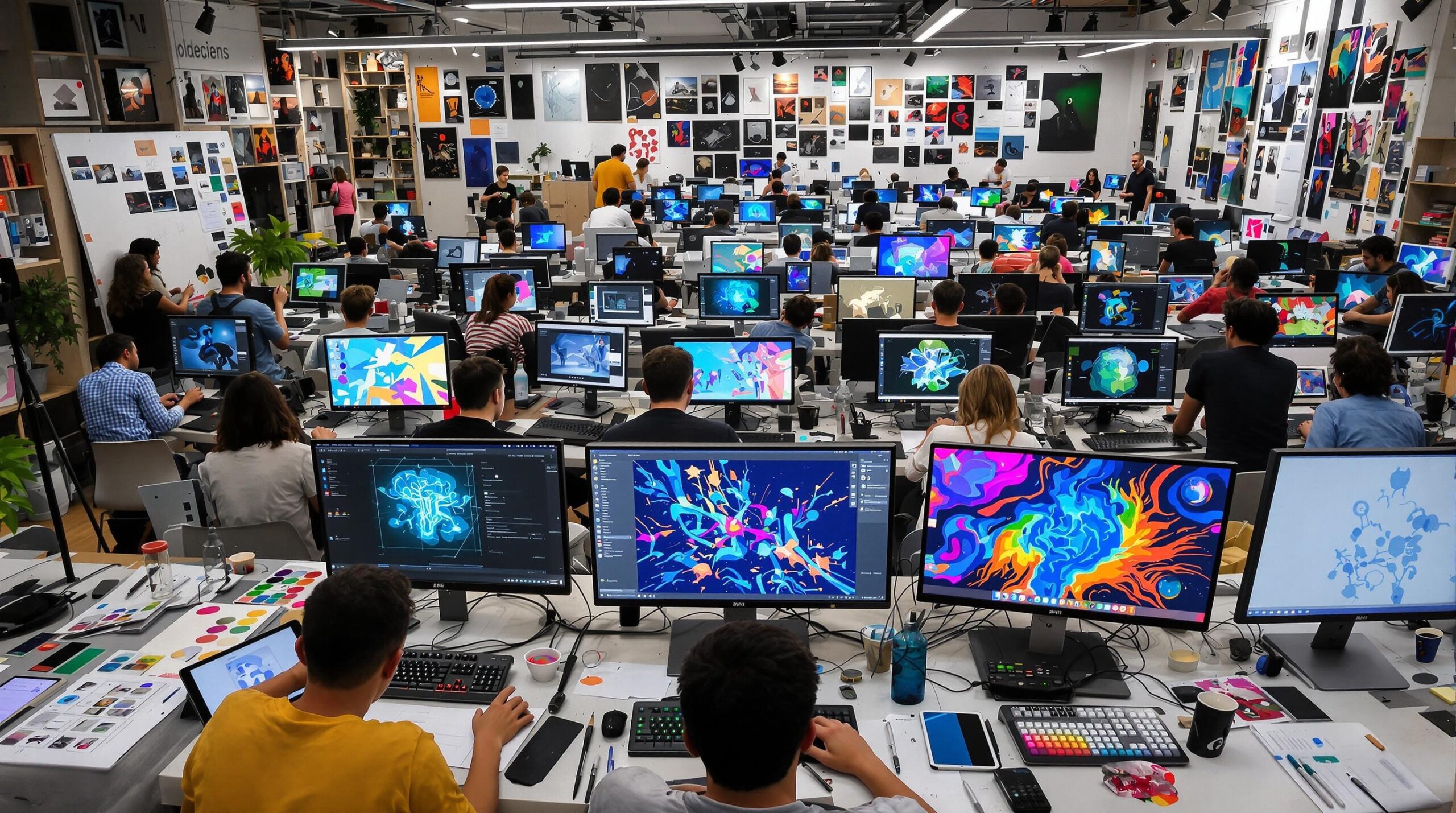The Transformative Impact of Artificial Intelligence on Art
Artificial intelligence (AI) is fundamentally transforming the digital creative landscape. Innovators and artists are harnessing machine learning to amplify imaginative exploration across multiple media. As algorithms evolve, art-making tools now offer unprecedented capabilities for generating, editing, and enhancing visuals with remarkable efficiency. This shift is more than a trend; it’s a pivotal change in how creative people engage with technology to produce original work. Aspiring and professional artists alike see AI not as a threat, but as a collaborator, expanding the very boundaries of creative potential.
The Drivers Behind Growing AI Art Tool Popularity
Several factors are fueling the demand for AI-powered art tools. Accessibility plays a key role, as intuitive interfaces now lower the barriers to entry for art creation. Cost-effectiveness attracts hobbyists and freelancers who previously found professional design software too price-prohibitive. Speed is another influential factor, enabling creators to prototype, iterate, and finalize visual concepts in record time. Moreover, social media platforms amplify exposure for AI-created art, attracting more people to experiment with these tools. Industry leaders also invest heavily in AI innovation, producing increasingly sophisticated features tailored to artists’ evolving needs.
A Glimpse into the Most Sought-After AI Art Technologies
Text-to-image generators, such as DALL-E and Midjourney, top the list of popular tools. These platforms convert user prompts into visually striking images within seconds. Artists use such tools to brainstorm compositional ideas or quickly draft complex scenes. AI-powered photo editing software, such as Adobe Photoshop’s Neural Filters, automates labor-intensive retouching and enables effects that once required significant technical ability. Generative Adversarial Networks (GANs) underpin many of these technologies, creating highly realistic images that blur the line between human-made and machine-generated art. Additionally, style transfer applications reimagine photos or illustrations in the aesthetic of renowned painters or genres.
Expanding Creative Possibilities and Collaborative Workflows
AI-powered tools serve as creative partners, inspiring artists to explore unconventional concepts. With AI handling technical tasks, creators devote more attention to ideation and refinement. Many artists describe the process as a dialogue, where algorithmic outputs spark unexpected directions for their projects. Teams benefit from collaborative platforms that integrate AI, which improves feedback cycles and reduces time to market. Designers, illustrators, and even writers now utilize AI to generate references or storyboard sequences, streamlining entire creative workflows. Such integration boosts productivity and fosters innovation, changing how individuals and studios approach new assignments.
Changing Skillsets in the Digital Art World
The rise of AI shifts the skills required for success in digital creativity. Technical familiarity with AI tools becomes as crucial as traditional art fundamentals. Artists must learn to craft effective prompts, interpret machine outcomes, and fine-tune algorithms to meet their vision. Educational institutions and online courses are now incorporating AI literacy into their curricula, preparing the next generation for these hybrid roles. Some critics worry that relying on automation may erode foundational skills, although many professionals argue that it allows for a deeper exploration of conceptual storytelling and visual communication. The debate continues as educational strategies evolve to meet the changing landscape.
Ethical Considerations and Debates
The widespread adoption of AI art tools has triggered conversations about originality and authorship. Critics question who owns the final image—human, algorithm, or both. Copyright laws struggle to keep pace with the complex layers of creative input involved in AI-generated works. Some organizations push for transparent disclosure when AI substantially contributes to a piece, aiming to preserve artistic integrity and prevent misuse. Another frequently debated issue concerns the sampling of existing works to train AI models, with some artists alleging unauthorized use of their intellectual property. Concerns also arise around the ability to generate hyper-realistic images, making it difficult to distinguish between authentic work and AI output.
The Role of Community and Open-Source Innovation
Communities of artists, programmers, and enthusiasts play a crucial role in shaping the development of AI art tools. Open-source projects foster experimentation and accessibility, placing powerful technology into the hands of more creators worldwide. Online forums and social media platforms encourage the sharing of tips, techniques, and challenges, cultivating an environment of mutual learning. Grassroots collaborations often inform commercial tool developers, leading to improved features that serve real user needs. This decentralized, participatory approach ensures that AI art technology continues to evolve to meet the diverse needs of global creative communities.
Shaping the Future of Digital Creativity
As AI-powered art tools become more ingrained in creative workflows, the art world anticipates even more radical transformations. Future innovations will likely push the boundaries of interactive and immersive media, especially in virtual and augmented reality applications. AI’s ability to translate abstract ideas into tangible outputs promises even greater creative freedom for artists. Accessibility will continue to expand, drawing more voices and perspectives into digital art spaces. Meanwhile, dialogue around ethics, originality, and ownership will foster a more responsible and balanced approach to AI integration. Emerging trends already point towards tools that allow for deep personalization, adaptive learning, and highly collaborative experiences.
Conclusion: Embracing a New Era of Art-Making
AI-powered art tools have ushered in a transformative era for digital creativity. By lowering barriers and offering new modes of expression, these technologies democratize the artistic process. From seasoned professionals to first-time creators, everyone can help shape the visual culture of tomorrow. The rapid pace of innovation means that the field remains both dynamic and unpredictable. However, the ongoing conversation among artists, technologists, and audiences will ensure that AI remains a tool for empowerment and inspiration. As adoption grows, the art world stands at the intersection of creativity and technology, ready to explore possibilities never before imagined.

